AITA for not letting my cla*smate use my artwork for her GoFundMe?
In the quiet halls of a high school shadowed by tragedy, a severe car accident shattered one cla*smate’s life, leaving her in desperate need of costly surgeries. Amid the outpouring of support through a GoFundMe campaign, an unexpected conflict arose—artwork stolen, trust broken, and old rumors casting long shadows over fragile goodwill.
What began as a distant grudge turned into a fight for respect and recognition when a student discovered her deeply personal Pica*so-style self-portrait was being used without permission to raise funds. In a tangled web of pain, misunderstanding, and the struggle for justice, the lines between victim and wronged artist blur, revealing the complex humanity beneath the headlines.
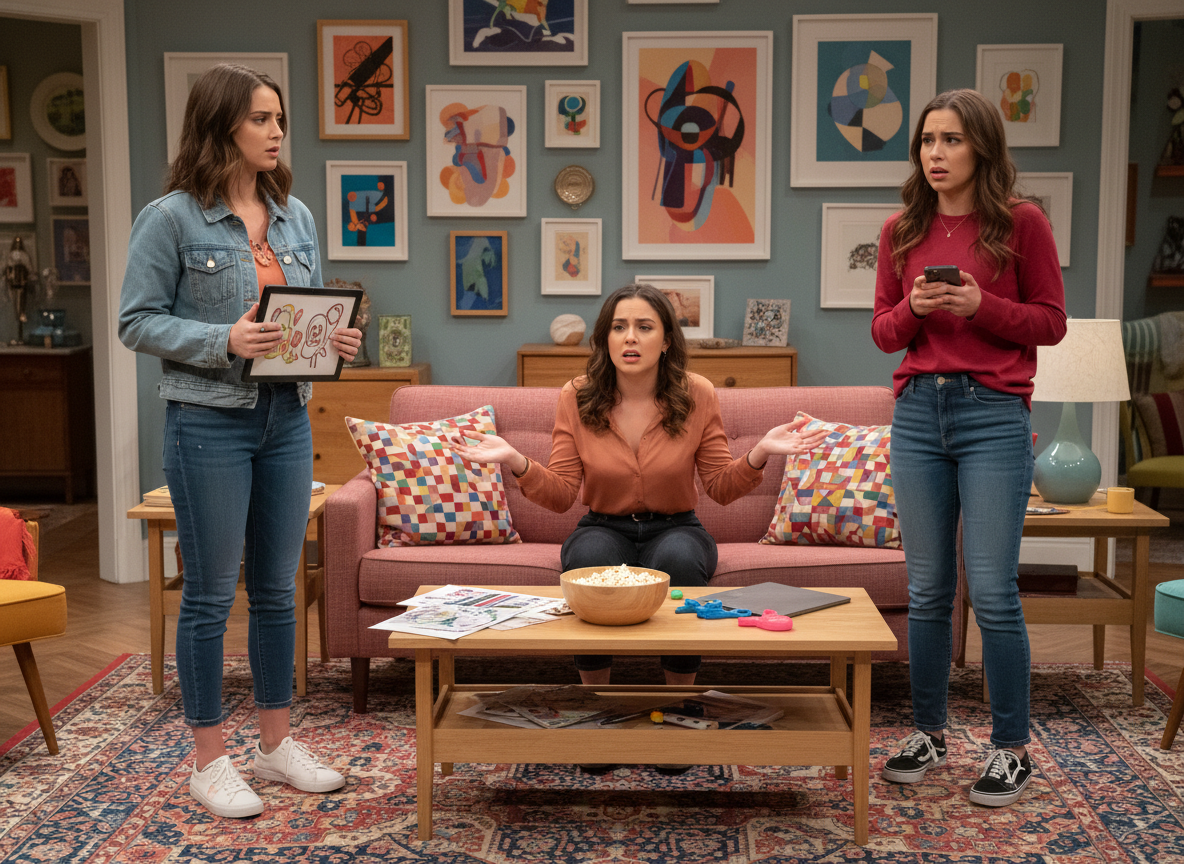

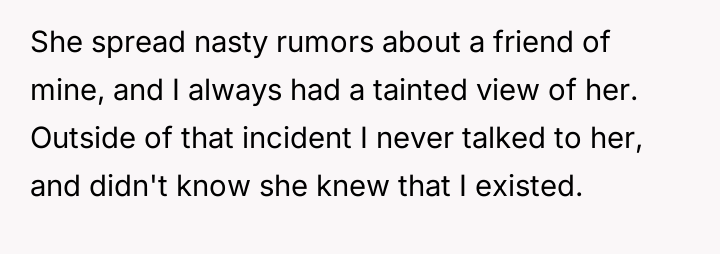
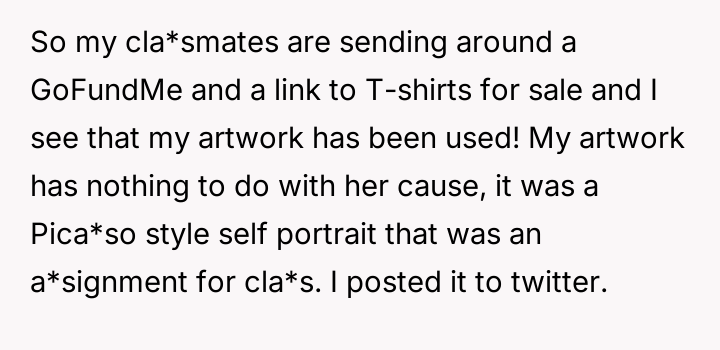
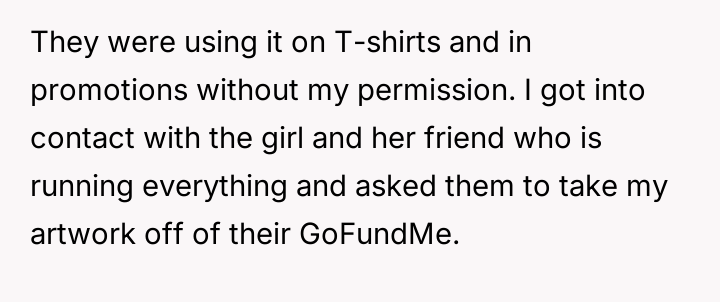
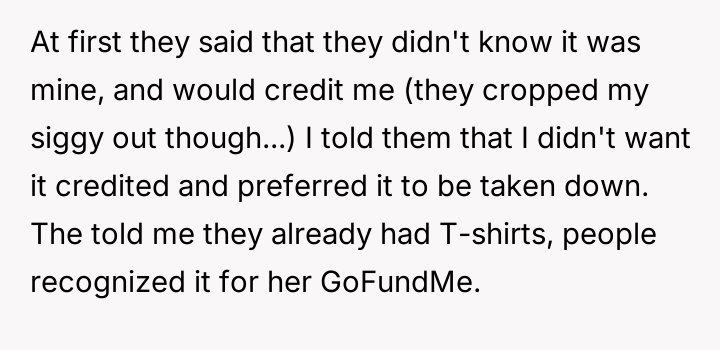


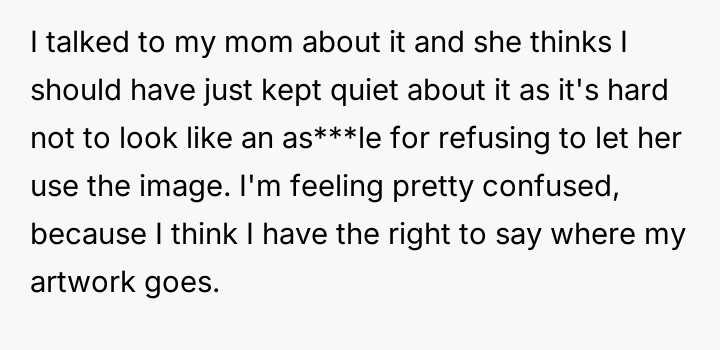

Subscribe to Our Newsletter
As renowned intellectual property lawyer and author, Professor Mark Lemley explains, “Copyright vests in the creator automatically upon fixation in a tangible medium of expression, and no one else has the right to copy, distribute, or display that work without permission.” This foundational legal principle confirms that the OP holds the exclusive right to control how their self-portrait is reproduced and distributed, regardless of the charitable intent behind the infringement. The conflict here is rooted in a collision between property rights (copyright) and moral/emotional expectations (charity and sympathy). The classmate and her friend displayed poor judgment by using the artwork without permission, likely operating under the belief that charitable causes grant exceptions to standard intellectual property rules, or perhaps viewing the OP's reluctance as selfish. The subsequent public shaming and dissemination of private messages escalate the situation from a copyright dispute to one of cyberbullying and emotional manipulation. While sympathy for the injured girl is understandable, it does not legally or ethically void the OP's ownership rights. The OP's actions to defend their copyright were appropriate, as unauthorized use of intellectual property is a clear violation. However, the response to the guilt-tripping should involve clear, non-emotional communication, potentially involving a parent or school administrator if direct communication fails. Moving forward, the OP should focus on documenting the unauthorized use and communicating strictly through formal channels rather than engaging in public disputes on social media.
THE COMMENTS SECTION WENT WILD – REDDIT HAD *A LOT* TO SAY ABOUT THIS ONE.:
When users weighed in, they held nothing back. It’s a raw, honest look at what people really think.

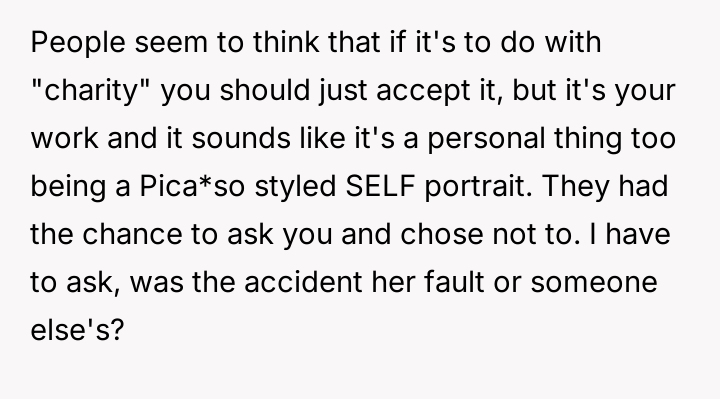
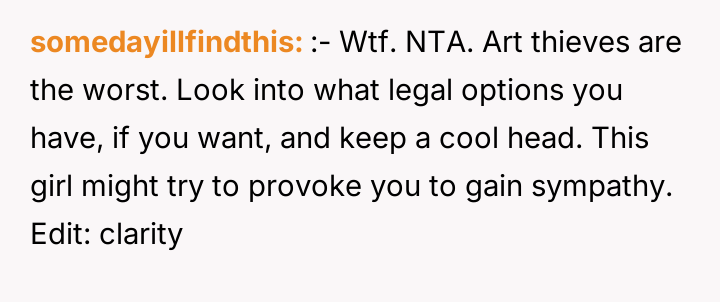
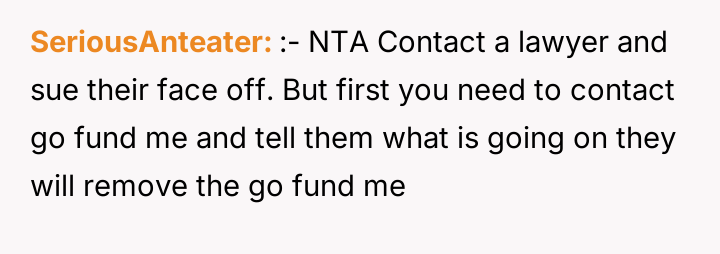
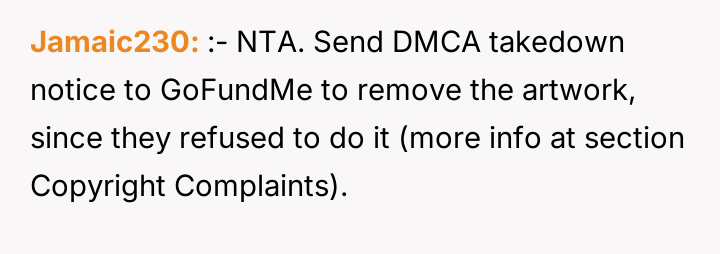


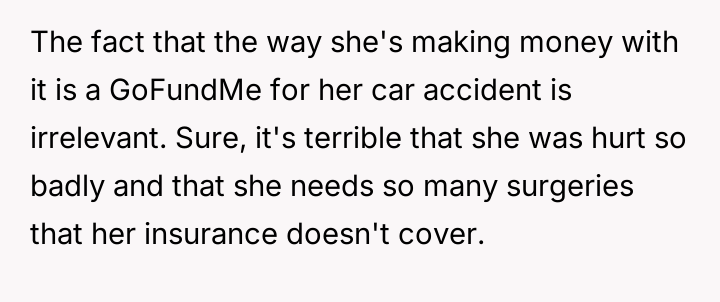
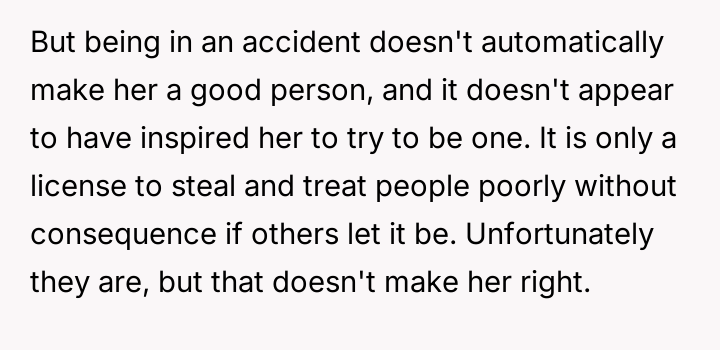
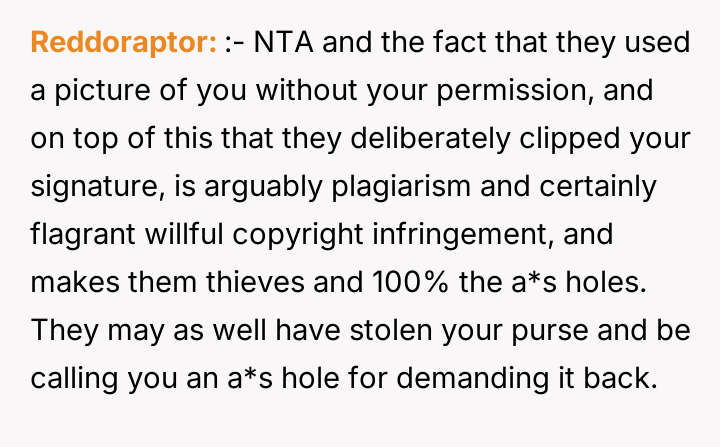
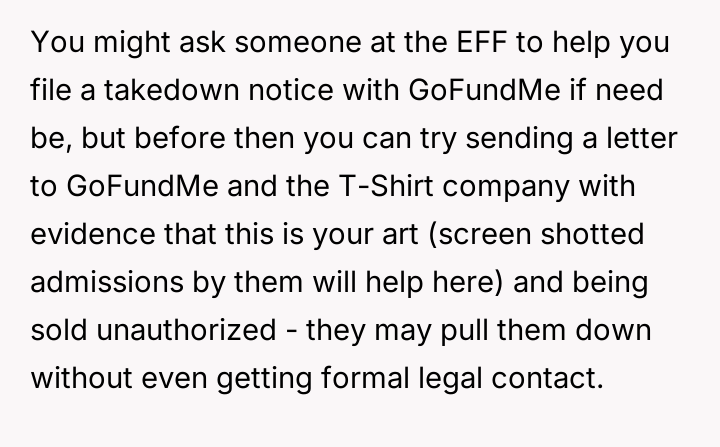

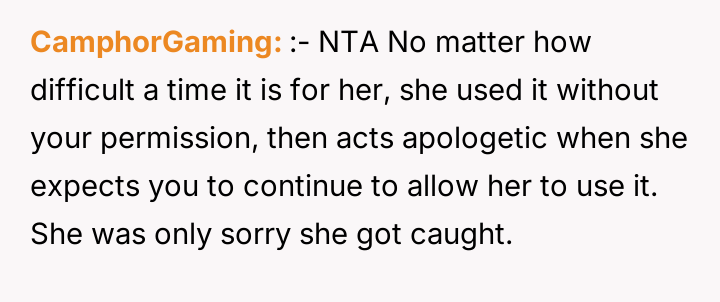

The original poster (OP) is facing a significant conflict between protecting their intellectual property rights and responding to intense social pressure driven by sympathy for an injured classmate's medical fundraiser. The OP feels justified in demanding the removal of their artwork, which was used without permission, but is now experiencing severe social backlash and guilt-tripping from peers.
Is the OP justified in prioritizing the removal of their unauthorized artwork, even when the beneficiary is a classmate in serious medical need, or should they have conceded the use of the image to support the fundraising effort despite the violation of their rights?